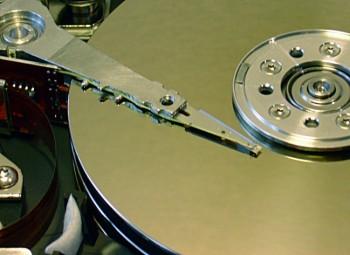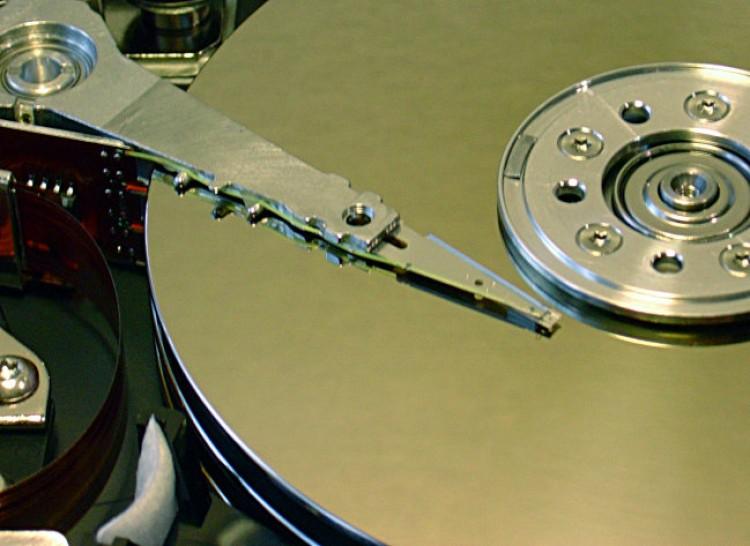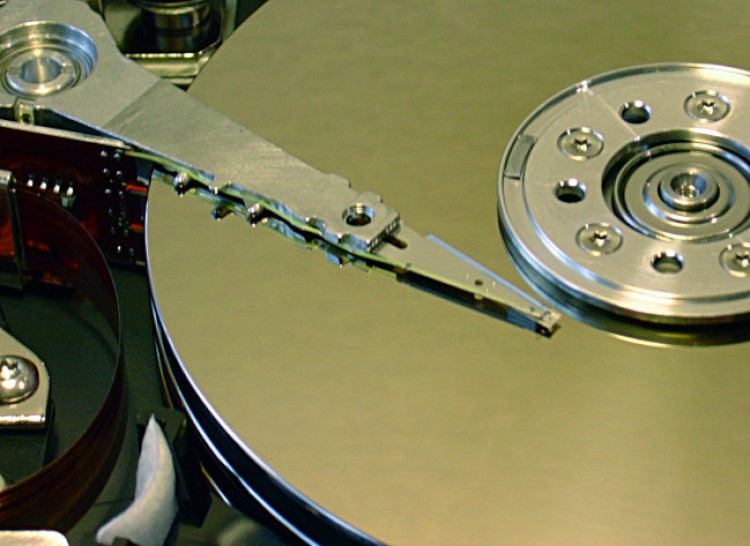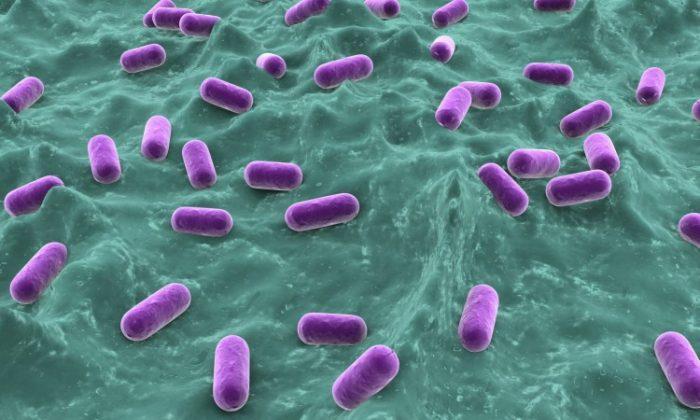Computer hard disk storage can increase by 600 per cent with the potential to grow further thanks to common table salt.
A collaboration of scientists in Singapore have looked to table salt to develop a new patterning process enabling hard disk drives (HDD) to store 3.3 Terabits of data per square inch, six times that of present models.
Conventional HDDs store information using randomly distributed miniature magnetic grains with several tens representing 1 bit of data. The increased storage density of the new method is achieved by patterning the grains into small islands in regular fashion with each island representing 1 bit.
“It’s like packing your clothes in your suitcase when you travel. The neater you pack them the more you can carry,” stated Singapore’s Agency for Science, Technology and Research (ASTAR) in a media release.
Until now, bit patterning has not been possible as bit structures are not clearly visible when printed onto film. However, the nanoscopic structures can be clearly distinguished after adding a solution of sodium chloride (table salt) developed by Joel Yang of the Institute of Materials Research and Engineering (IMRE).
“It can give you a very high contrast,” Yang told AFP. “We are now able to see fine lines that would normally be blurred out.”
“Otherwise you can try your best to pattern these bits very closely, but they will all end up being gigantic blurred out blobs.”
Yang predicts that industry will adopt the new bit patterning process by 2016 when current manufacturing techniques reach their limit.
The researchers are investigating how to increase HDD storage capacity even further.
A collaboration of scientists in Singapore have looked to table salt to develop a new patterning process enabling hard disk drives (HDD) to store 3.3 Terabits of data per square inch, six times that of present models.
Conventional HDDs store information using randomly distributed miniature magnetic grains with several tens representing 1 bit of data. The increased storage density of the new method is achieved by patterning the grains into small islands in regular fashion with each island representing 1 bit.
“It’s like packing your clothes in your suitcase when you travel. The neater you pack them the more you can carry,” stated Singapore’s Agency for Science, Technology and Research (ASTAR) in a media release.
Until now, bit patterning has not been possible as bit structures are not clearly visible when printed onto film. However, the nanoscopic structures can be clearly distinguished after adding a solution of sodium chloride (table salt) developed by Joel Yang of the Institute of Materials Research and Engineering (IMRE).
“It can give you a very high contrast,” Yang told AFP. “We are now able to see fine lines that would normally be blurred out.”
“Otherwise you can try your best to pattern these bits very closely, but they will all end up being gigantic blurred out blobs.”
Yang predicts that industry will adopt the new bit patterning process by 2016 when current manufacturing techniques reach their limit.
The researchers are investigating how to increase HDD storage capacity even further.






Friends Read Free